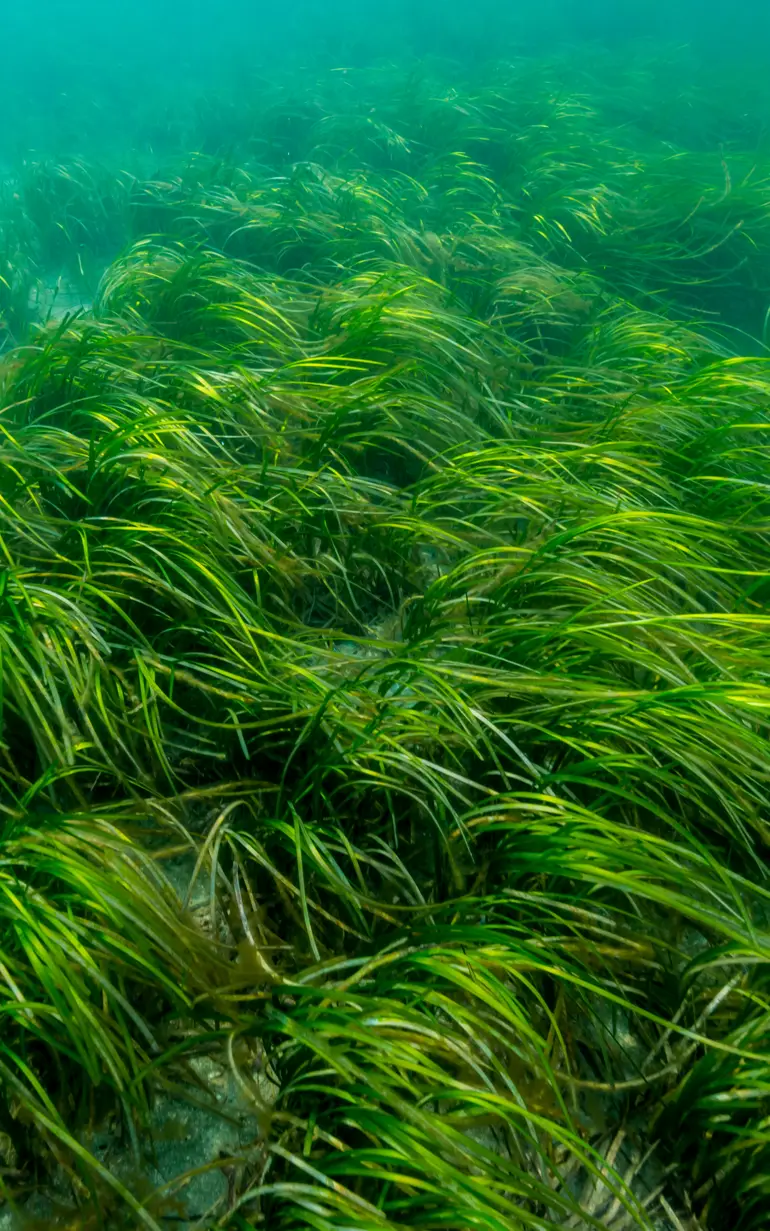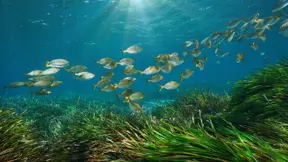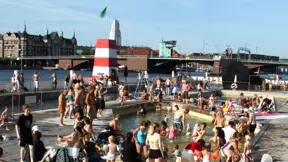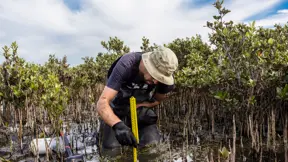
Securing Water Framework Directive compliance in Denmark
Applying mechanistic modelling to ensure good ecological status in marine coastal waters
The European Water Framework Directive (WFD) mandates member states to achieve good ecological status in all surface waters by 2027. This requirement significantly affects industries, imposing stringent legislative standards and operational restrictions. To establish scientifically sound targets and interventions, the Danish Environmental Protection Agency (DEPA) has integrated DHI’s mechanistic ecosystem modeling software as a pivotal tool in the project River Basin Management Plans for 2021-2027.
Challenge
Balancing the protection and sustainable use of marine environments is a nuanced challenge. The WFD dictates targets that aim to protect marine ecosystems to benefit present and future generations. However, these targets may potentially impact agriculture, industries and the household sector, since compliance with the WFD will result in costly investments. Hence, there is an integrated conflict between society and industry stakeholders when it comes to protecting the environment at a minimal cost.
The River Basin Management Plans for 2021-2027 represent the latest effort in this ongoing challenge. Previous iterations have faced criticism from various stakeholders for falling short of fully achieving the Directive's goals.
In response to these challenges, the Danish Environmental Protection Agency (DEPA) has embarked on a rigorous model development process. This initiative aims to ensure that future decisions are underpinned by scientifically robust data and models, acknowledging the complexities involved in balancing environmental protection with societal and economic needs.
Solution
To better manage the marine coastal waters, the DEPA decided to establish a range of mechanistic ecosystem models as background supportive data for the Danish implementation of the WFD.
Driven by MIKE Powered by DHI software, DHI helped DEPA develop hydrodynamic, wave and ecosystem models, covering the vast majority of Danish coastal water bodies.
In total, 11 different model-complexes were developed. The model-complexes included hydrodynamics, waves and ecosystem components, spanning from regional scales, such as the North Sea and Baltic Sea models, to estuary-specific models. The aim of the models was to provide robust model results at all scales – from open water to the smallest coves.
Results
- Efficient communication: Scientific robust tools for essential stakeholder communication
- National coverage: More than 95% of all marine water bodies covered by one solution
- Regulatory compliance: Data to support implementation of the Water Framework Directive
Client:
Danish Environmental Protection Agency
Location:
Denmark
Related SDG(s):
SDG 6: Ensure availability and sustainable management of water and sanitation for all
SDG 14: Conserve and sustainably use the oceans, seas and marine resources for sustainable development
Technology:
‘To ensure targeted and cost-effective measures, we needed the most advanced mathematical models currently available on the market. An international scientific evaluation of the models showed that DHI’s models were state of the art. The models are well-received by stakeholders from private businesses and environmental organisations.’
Harley Bundgaard Madsen
Head of Department
Danish Environmental Protection Agency, Funen
About our client
Working together, the Danish Environmental Protection Agency and the Ministry of Environment undertake the implementation of the European Water Framework Directive at national scale and report directly to the Minister of Environment.
You may also like
How can we help?
With our global network of offices, we make sure you get the right answers to your local needs. Tell us about your water challenges and we will get back to you.


